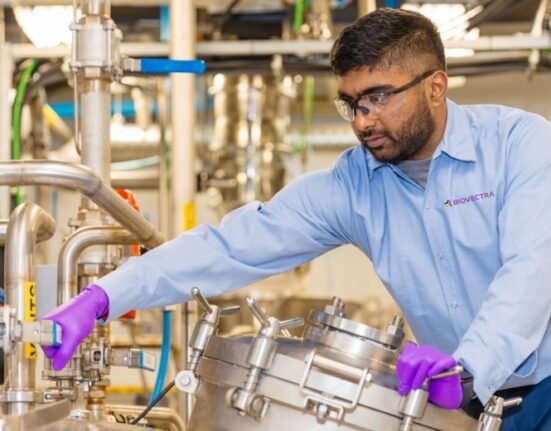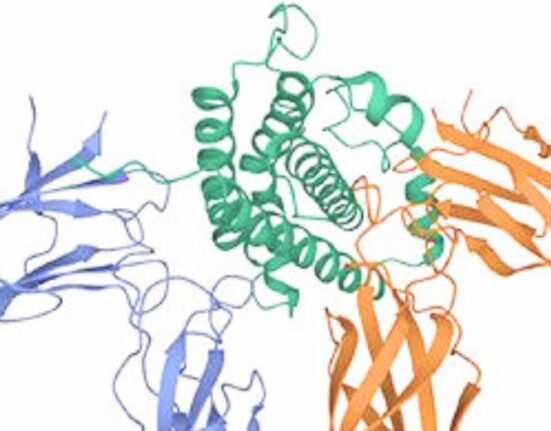HQ Team
December 14, 2022: In a bid to replicate the sun’s power, US scientists experimented with extracting clean energy from the fusion process, which proved successful.
On December 5, a team at Lawrence Livermore National Laboratory’s (LLNL) National Ignition Facility (NIF) conducted the first controlled fusion experiment in history.
It reached a milestone in fusion ignition, also known as scientific energy breakeven, as it produced more energy from fusion than the laser energy used to drive it, according to a December 13 government statement.
“This historic, first-of-its-kind achievement will provide the unprecedented capability to support the National Nuclear Security Administration’s Stockpile Stewardship Program and provide invaluable insights into the prospects of clean fusion energy.”
Fusion threshold
The experiment surpassed the fusion threshold by delivering 2.05 megajoules (MJ) of energy to the target, resulting in 3.15 MJ of fusion energy output, demonstrating for the first time a most fundamental scientific basis for inertial fusion energy.
Fusion is when two light nuclei combine to form a single heavier core, releasing a large amount of energy.
The temperature at the sun’s core is about 15 million degrees Celsius. At this temperature, coupled with very high pressure, two isotopes of hydrogen, deuterium, and tritium, fuse to form helium and releases a massive amount of energy in the form of heat.
The experiments utilized a diamond capsule — a layer of ultra-thin high-density carbon containing the deuterium-tritium fusion fuel — seated inside a depleted uranium cavity.
Symmetric implosions
This approach allowed the researchers to improve their control over the symmetry of the X-rays that drive the capsule, producing “rounder” and more symmetric implosions. About 192 lasers were deployed to decimate the capsule.
“We have had a theoretical understanding of fusion for over a century, but the journey from knowing to doing can be long and arduous. Today’s milestone shows what we can do with perseverance,” said Dr Arati Prabhakar, President’s chief advisor for Science and Technology.
Experiments by earlier scientists sought to control the unruly power of fusion. Their research consumed more energy than the fusion reactions generated.
“The pursuit of fusion ignition in the laboratory is one of the most significant scientific challenges ever tackled by humanity, and achieving it is a triumph of science, engineering, and most of all, people,” LLNL director Dr Kim Budil said.
60 years of research
In the 1960s, a group of scientists at LLNL hypothesized that lasers could induce fusion in a laboratory setting.
Led by physicist John Nuckolls, who later served as LLNL director from 1988 to 1994, this revolutionary idea became inertial confinement fusion (ICF).
It kicked off more than 60 years of research and development in lasers, optics, diagnostics, target fabrication, computer modelling and simulation, and experimental design.
The success of the NIF experiments is just the start of the journey, and many advanced science and technology developments are still needed to achieve simple, affordable IFE to power homes and businesses.
The Department of Energy is restarting a broad-based, coordinated Internal Fusion Energy program in the United States.
Fusion commercialization
Combined with private-sector investment, there is a lot of momentum to drive rapid progress toward fusion commercialization, according to the DOE statement.
“This astonishing scientific advance puts us on the precipice of a future no longer reliant on fossil fuels, but instead powered by new clean fusion energy,” US Senate majority leader Charles Schumer said.
NI F— located at LLNL in Livermore, California — is the size of a sports stadium and uses powerful laser beams to create temperatures and pressures like those in the cores of stars and giant planets and inside exploding nuclear weapons.
LLNL built a series of increasingly powerful laser systems, leading to the creation of the NIF, the world’s largest and most energetic laser system.








